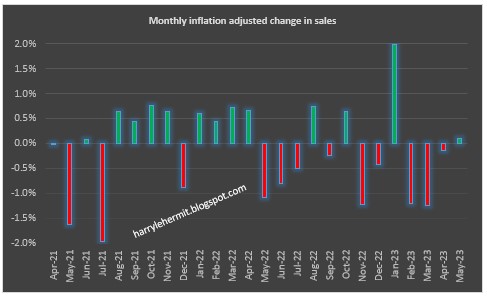The Energy Information Administration released their weekly report on yesterday.
Along the West Coast, prices decreased this week, but remain relatively high, particularly in California. The price at PG&E Citygate in Northern California fell 86 cents, down from $3.72/MMBtu last Wednesday to $2.86/MMBtu yesterday. The price at SoCal Citygate in Southern California decreased 16 cents from $3.29/MMBtu last Wednesday to $3.13/MMBtu yesterday. Consumption of natural gas in the electric power sector in California decreased by 7% (0.1 Bcf/d) week over week, as temperatures were relatively mild. In the Sacramento Area, temperatures averaged 68°F this week, leading to 12 fewer CDDs than last week, while in the Riverside Area, inland from Los Angeles, temperatures averaged 65°F this week, leading to 1 fewer HDD and 5 fewer CDDs than last week.
Select inventories of EU and UK...
- The Dutch are shutting down the largest gas field in Europe.
- Norway is doing maintenance on their equipment.























